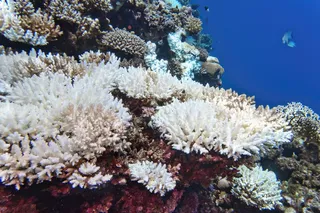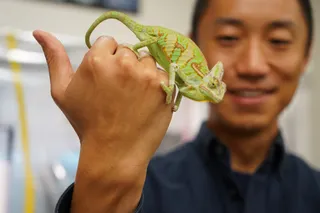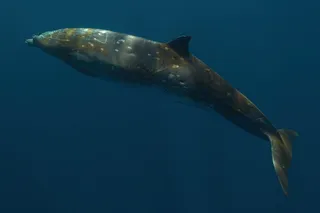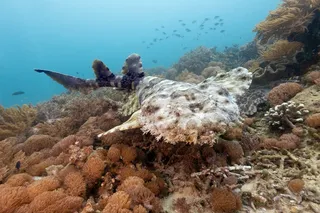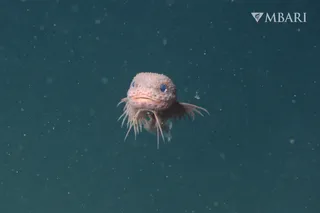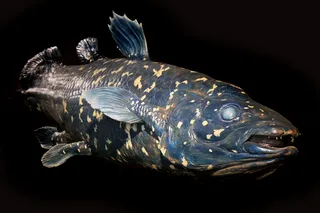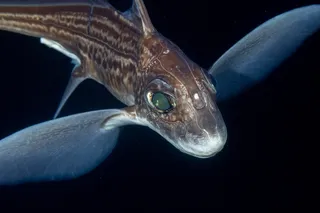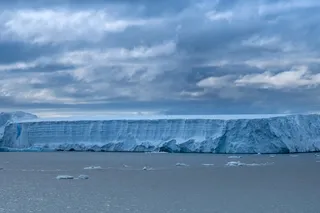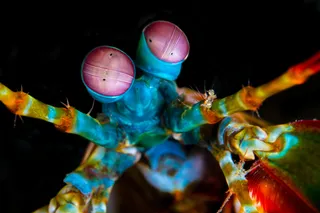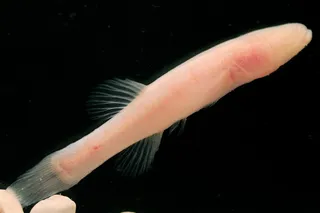Listen to a fascinating debate between Alan Rusbridger of the Guardian and John Witherow of the Times about whether paywalls with save journalism.
These photos of Saturn and its attendant moons from the Boston Globe are astronomically beautiful.
Male topi antelope scare females into staying for sex by feigning alarm calls. This will features in a sex advice column somewhere within months.
Baby sloths. Like adult sloths, only smaller and younger.
British poll shows declining interest in climate change, supposedly due to Climategate, indecisiveness at Copenhagen, and a spate of cold weather.
Dr Petra gives us a thoughtful analysis of a new “abortion ad” causing controversy in the UK, and dissects a lot of the media myths around abortion.
There’s more on Craig Venter’s synthetic life breakthrough. Venter himself debunks some of the hype around the study at the Wall Street Journal. Meanwhile, Charlie Brooker wins the internet at the ...


